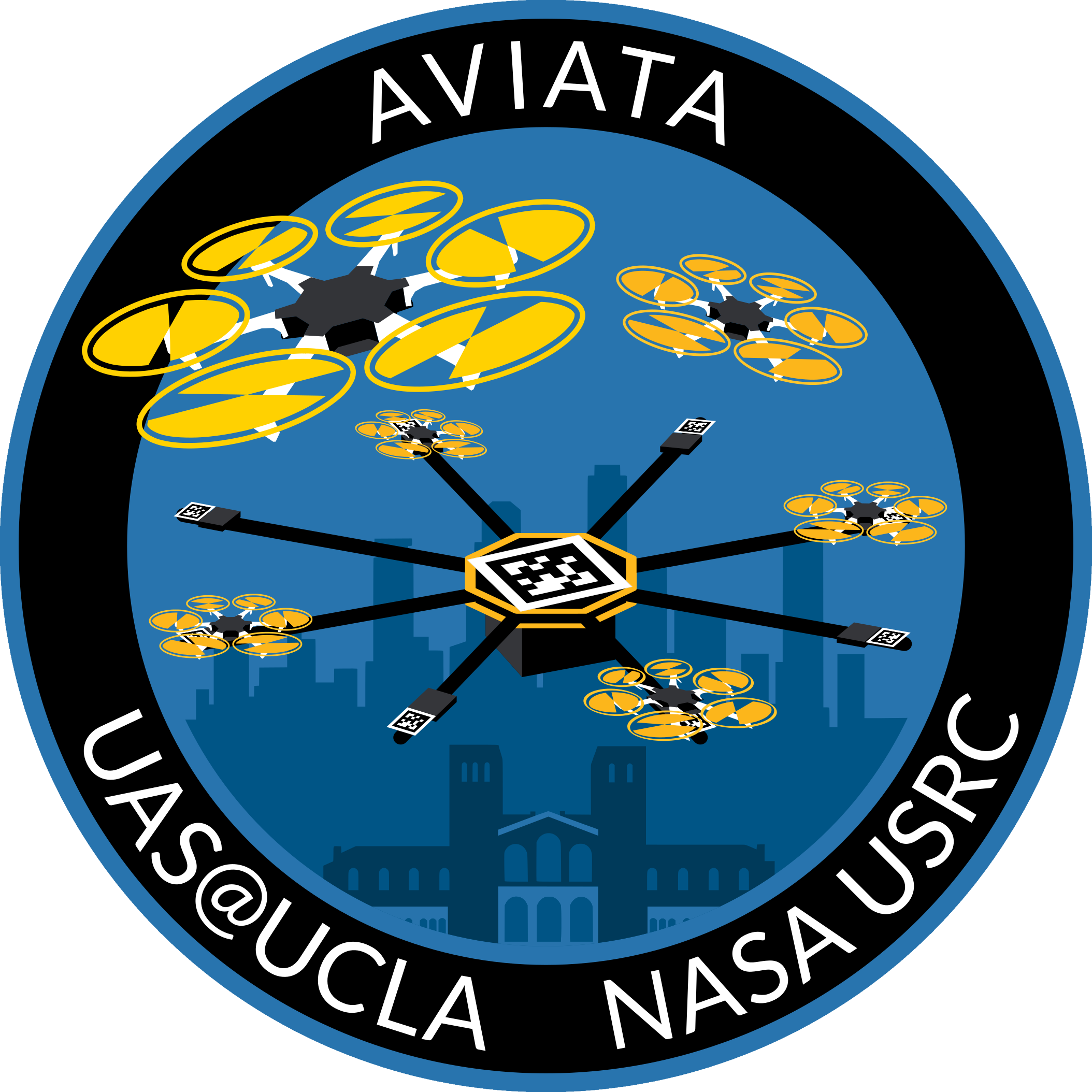
Update #5: December 07, 2021
Hardware Design
Author: Bhrugu Mallajosyula
It's been a few weeks since our last blog update, and we've made a good deal of progress on
hardware design and planning. After receiving advice from professors during the Preliminary Design Review, we
focused on making mechanical docking more robust, increasing the thrust each drone can produce, and finalizing
the payload attachment mechanism.
As we mentioned in the previous hardware update, we are using a sort of
“funnel” on our docking joints to guide the drones into the docking mechanism to form a strong mechanical
connection that does not require power to sustain. After advice from the PDR, we've modified the design to
prevent wind gusts from pushing the frame around, and we are considering an additional funnel to guide the drone
into position in the z-direction as well.
We have also decided to switch to a S4 battery rather than the S3
we had been using in order to increase the maximum thrust our drones can produce in flight. This gives us more
headroom for lifting our payload and reducing motor saturation during flight.
Finally, we decided on using a
container that fits into the frame to house our payload, which will consist of a series of sand-filled bags of a
fixed weight. The rest of the container will be filled with packing material to reduce movement of the payload
during flight.
Our next steps involve ensuring our motors can withstand the new power being supplied to them,
making the docking system more robust, and testing the structural strength of all the components in preparation
for the PDR next quarter. We hope you'll stick with us as we progress!
Software Design
Author: Puneet Nayyar
On the software side of the project, we've been continuing our work on creating simulations
and started integrating some of these components together.
For example, we've developed a camera simulator
which lets us effectively see a translated, rotated, and scaled vision target from the perspective of the drone.
The output of this camera simulator is then passed to our AprilTag target identification system which gives an
estimate of how far off the drone is from the center of the target. We can then use that error estimate to
update the velocity of the drone in order to move it closer to the desired location. All of these components,
from the camera simulator to the drone navigation commands, have been integrated into an overall docking
simulator that lets us actually see a drone navigate to and land on a vision target.
Each subteam has also
been working on additional testing apart from the simulations. In order to improve our vision based target
identification, we've begun experimenting with artificially generating camera images. In addition, the
communications subteam has also begun setting up a basic mesh network consisting of a few devices. Lastly,
controls is working on implementing ROS2 support.
Acknowledgment
These results are based upon work supported by the NASA Aeronautics Research Mission
Directorate under award number 80NSSC20K1452. This material is based upon a proposal tentatively selected by
NASA for a grant award of $10,811, subject to successful crowdfunding. Any opinions, findings, and conclusions
or recommendations expressed in this material are those of the authors and do not necessarily reflect the views
of NASA.
 Join
Calendar
Officers
Gallery
Tools
Join
Calendar
Officers
Gallery
Tools
